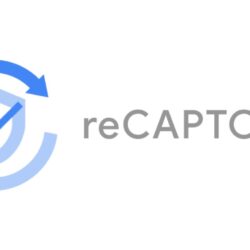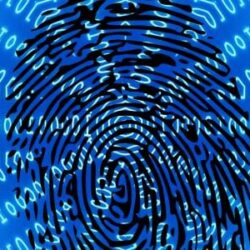Google’s ReCaptcha is and has been the most popular Captcha test online for many years. It’s long been considered the best of its kind; it uses simple visual and written tests to verify whether a user is human. This is done to protect data from bots, machine learning, and AI that might lead to …
cybersecurity
Understanding the Impact on MFA and SSO Implementations
Multi-factor authentication (MFA) and Single Sign-On (SSO) can often act as a vital bulwark against potential breaches in high-risk fields. As technology evolves, so do the tactics of attackers; robust security measures are needed to safeguard sensitive information. MFA and SSO not only strengthen a …
[Read more...] about Understanding the Impact on MFA and SSO Implementations
What is ID Verification in Cybersecurity
Safeguarding personal information is the most important part of online interactions for many major everyday uses, from official documentation to digital commerce. Identity verification serves as the cornerstone of cybersecurity efforts, ensuring that only authorized individuals gain access to …
[Read more...] about What is ID Verification in Cybersecurity
MFA, SSO, IdP for Fraudulent Detection
The security of personal and sensitive information has become more important than ever. With the rise of online services and platforms, and especially the rising tide of AI and machine learning attacks on those services and platforms, the need for secure authentication and verification systems has …
Secure Access Anywhere: Photolok for the Remote Work Era
How Photolok Can Help Cybersecurity in Remote Work Settings Remote work is becoming more and more prevalent in the current business market. In the wake of the pandemic and the development of more sophisticated digital office software, more businesses are opting for the convenience and efficiency …
[Read more...] about Secure Access Anywhere: Photolok for the Remote Work Era
Why Traditional Passwords are Failing B2B Companies
When most of our personal and business information is stored online, data security becomes a major concern. This is especially true for B2B services; your financial and identifying information, and that of any business associates you work with, are at risk every time you access an account for social …
[Read more...] about Why Traditional Passwords are Failing B2B Companies






